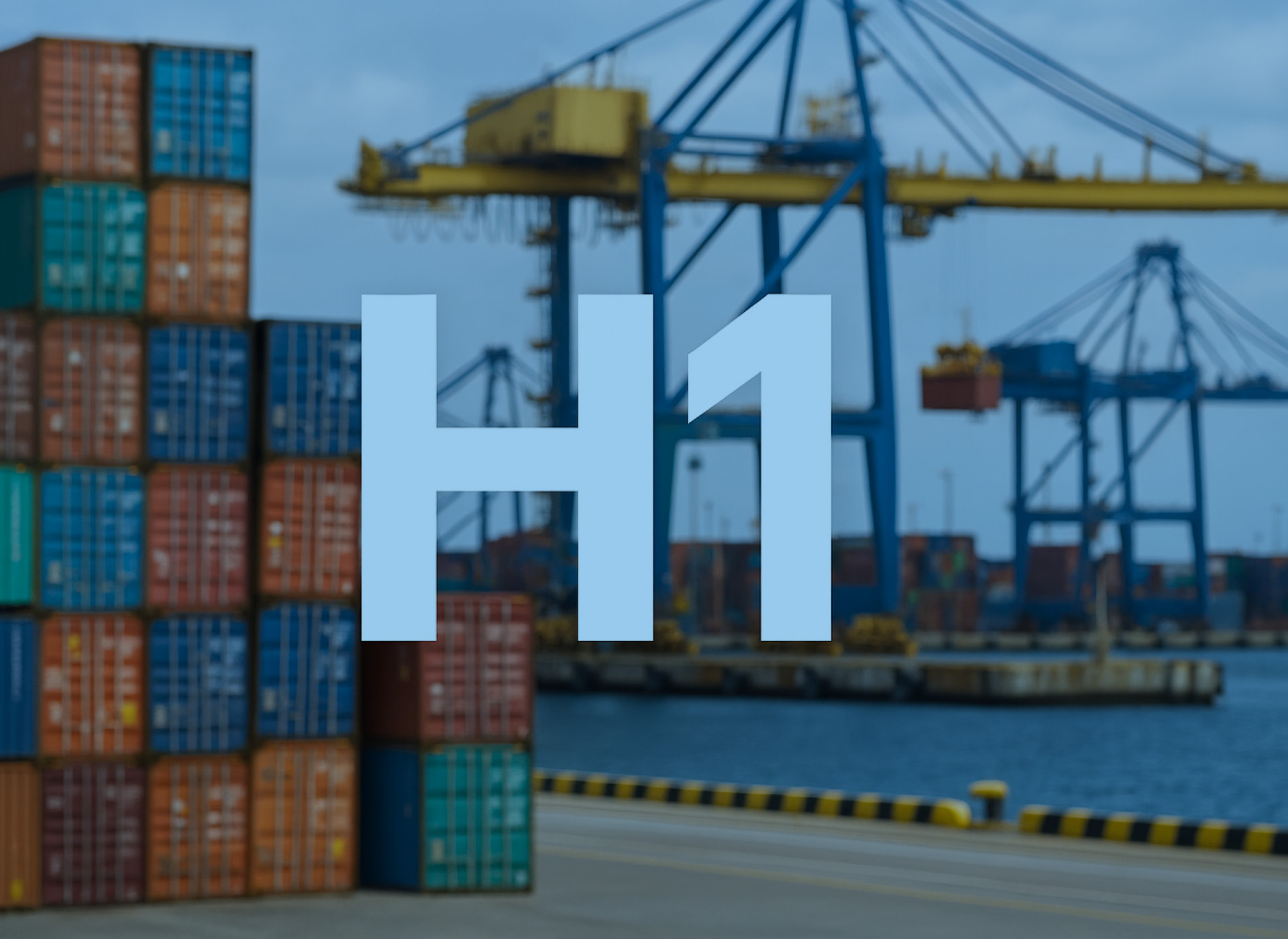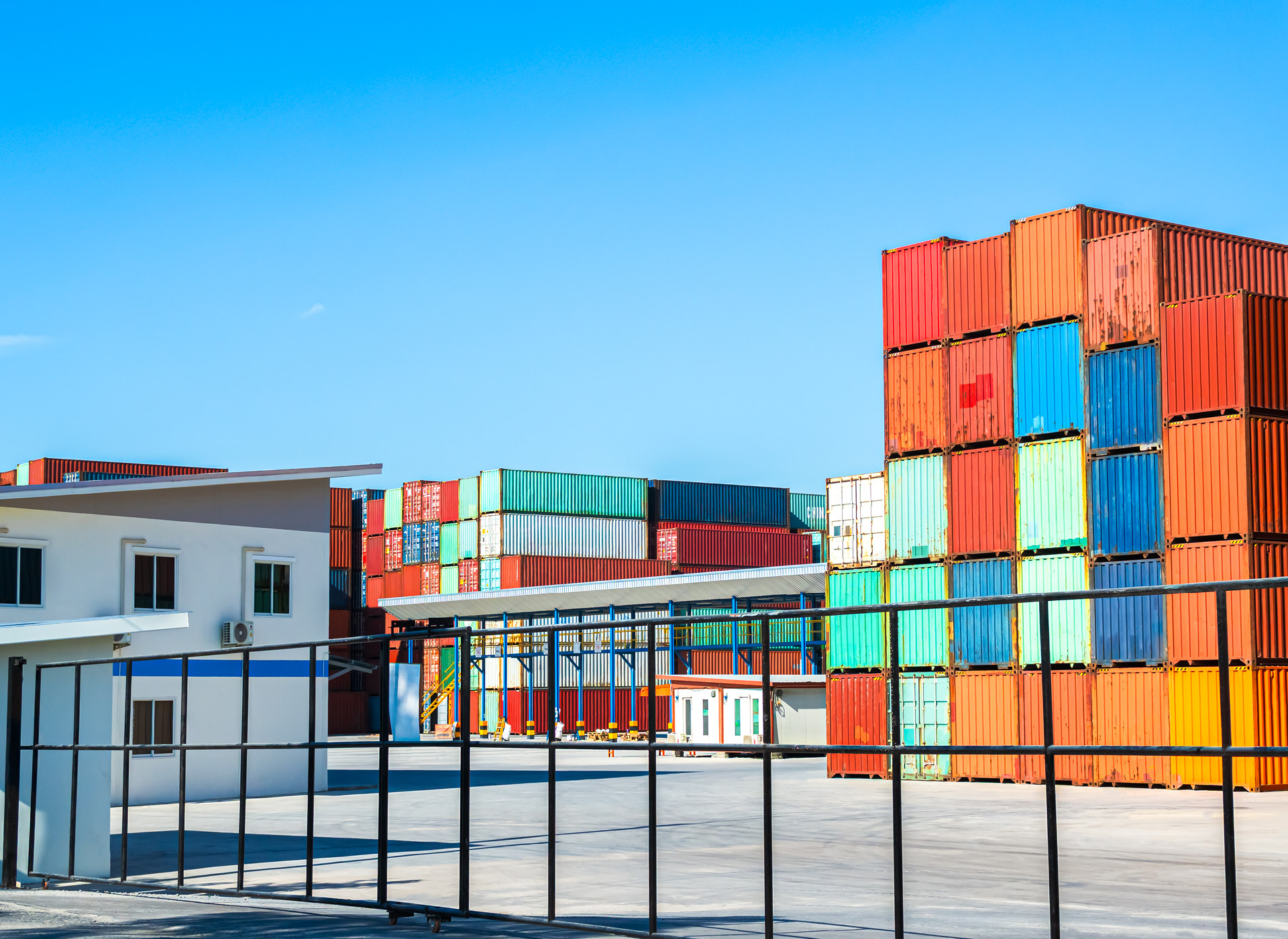October 14, 2025, will mark a turning point in foreign trade operations in Spain and throughout the European Union. The entry into force of the new H1 import system marks the definitive retirement of the traditional Single Administrative Document (SAD) and the welcome of a digital, agile, and harmonized environment, fully in line with the requirements of the Union Customs Code (UCC). This change, far from being a mere technological formality, redefines the way companies interact with customs, promising greater efficiency and traceability throughout the logistics chain.
The H1 system is not a simple update, but rather a profound restructuring of the import procedure. Its main objective is to unify and standardize customs declarations at the European level, adopting the EU Customs Data Model (EUCDM). This means that messages and required information will be uniform across all Member States, simplifying operations for economic actors operating in different EU markets.

Main Changes and New Features of the H1 System
The transition to H1 brings with it a series of key transformations that modernize and optimize customs management.
Goodbye to the SAD, Hello to a Segmented Data Structure: The most visible change is the replacement of the SAD and its familiar boxes. The new system is based on a segmented, level-by-level data structure, which is much clearer and more intuitive. This facilitates the submission of declarations, whether complete or simplified, and minimizes errors by requesting information in a more logical and orderly manner.
Complete Adaptation to the Union Customs Code (UCC): The H1 has been designed from its inception to be the vehicle for the requirements of the UCC and its implementing regulations. This translates into greater digitalization of processes, harmonization of procedures, and greater legal certainty for operators.
The Era of Pre-Declarations (PDI): One of the most notable new features is the consolidation of the Pre-Declaration (PDI). This “initial draft” allows declarants to submit merchandise data even before the goods are available for clearance. This provides a unique reference number (MRN), essential for logistical coordination and the presentation of merchandise at customs facilities.

Three-Step Declaration Flow for Greater Efficiency: The declaration process will be structured in three distinct phases:
* PDI (Pre-declaration): The initial draft for obtaining the MRN.
* DPA (Pre-Admission Declaration): The phase in which the declaration is formally submitted once the goods are about to arrive.
* DAC (Completed Admission Declaration): The final confirmation once the goods have been presented and admitted.
This sequential flow substantially improves the control and traceability of goods clearance.
European Centralized Clearance (ECC) Integration: The H1 system is now capable of managing declarations for European Centralized Clearance (ECC) for imports. This facility allows companies to centralize their customs procedures in a single Member State, even if the goods are physically presented at customs offices in different EU countries. This represents a significant advance in terms of simplification and reduction of administrative costs.
Strengthening Registration in the Declarant’s Registers (EIR): The use of the Registration in the Declarant’s Registers (EIR), also known as “home clearance,” is facilitated. This option allows authorized economic operators to manage their declarations directly from their own authorized facilities, greatly streamlining the release of goods.
Relevance of Technical Guides and Code Tables: In this new digital paradigm, correct data coding is essential. The technical guides published by the Spanish Tax Agency (AEAT) and the extensive code tables become essential tools for all declarants. A thorough understanding of these guides will be crucial to ensure the correct completion of declarations and avoid delays. The implementation of the H1 system represents an adaptation challenge for companies and professionals in the sector, but also an unbeatable opportunity to optimize processes, gain competitiveness, and operate in a more integrated and efficient European single market. The countdown has begun to definitively digitize and harmonize the gateway to the European Union.
Where can I find more technical information?
For all operators, software developers, and foreign trade professionals who need to delve deeper into the technical details of the new H1 system, there are several official and highly reliable sources:
Electronic Headquarters of the Tax Agency (AEAT): This is the main reference point. In its Customs section, the AEAT publishes and updates all the necessary technical documentation.
- Technical Guides for Importation (CAU): The AEAT offers detailed guides on XML messages, web services, rules and conditions, and import scenarios. It is recommended to look for the latest versions available in the “Electronic Customs” section.
- Customs News: It is essential to regularly consult this section to stay up-to-date with the latest updates, schedule changes, and new technical publications related to H1.
- Direct access: AEAT Electronic Office – Customs
EU Customs Data Model (EUCDM): To understand the European-level data structure that serves as the basis for the H1, it is highly recommended to consult the official EUCDM website. This tool allows you to navigate the data model, understand the definitions of each element, and their relationship with EU customs legislation.
- Direct access: Taxation and Customs Union – EUCDM
Webinars and Informational Workshops: The Tax Agency, as well as customs broker associations and sector associations (such as ATEIA and FETEIA), often organize information sessions and technical seminars to explain new developments and answer questions. It is advisable to keep an eye on these entities’ calls for proposals.
Customs Software Providers and Consulting Firms: Companies specializing in customs management software and foreign trade consulting (such as Taric, among others) often publish guides, summaries, and detailed technical analyses on the practical implementation of these changes to IT systems. Their blogs and news sections are a valuable source of applied information.
Preparation and detailed knowledge of these technical resources will be key to a successful transition to the new H1 system, ensuring regulatory compliance and the continuity of import operations.


